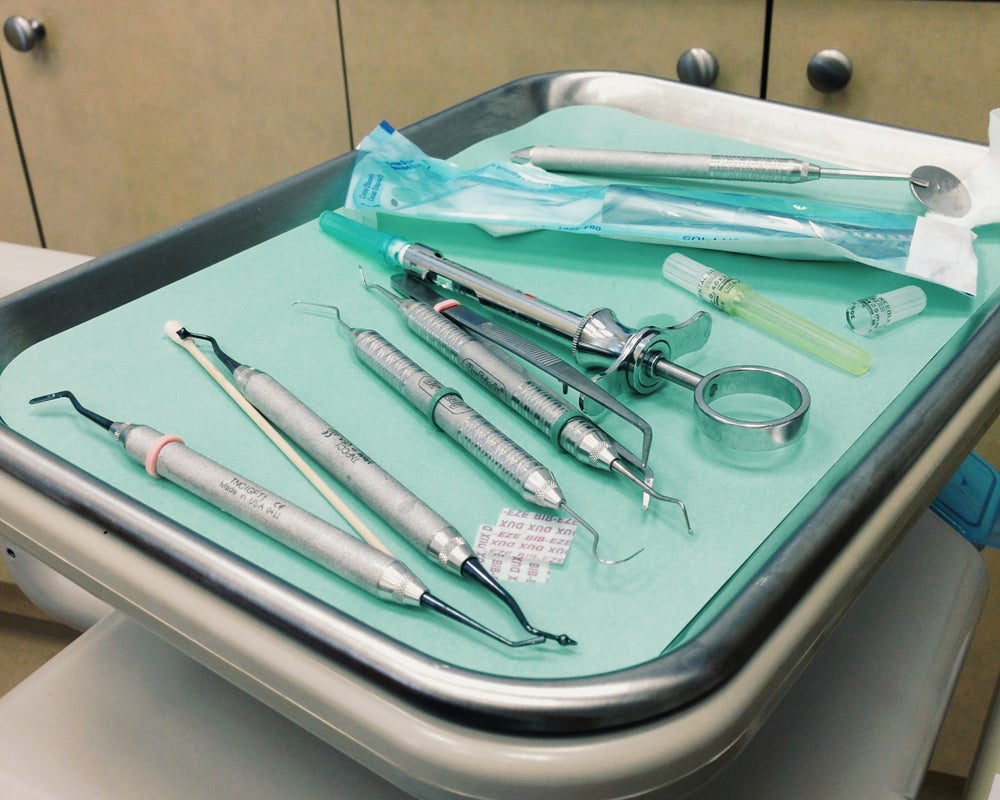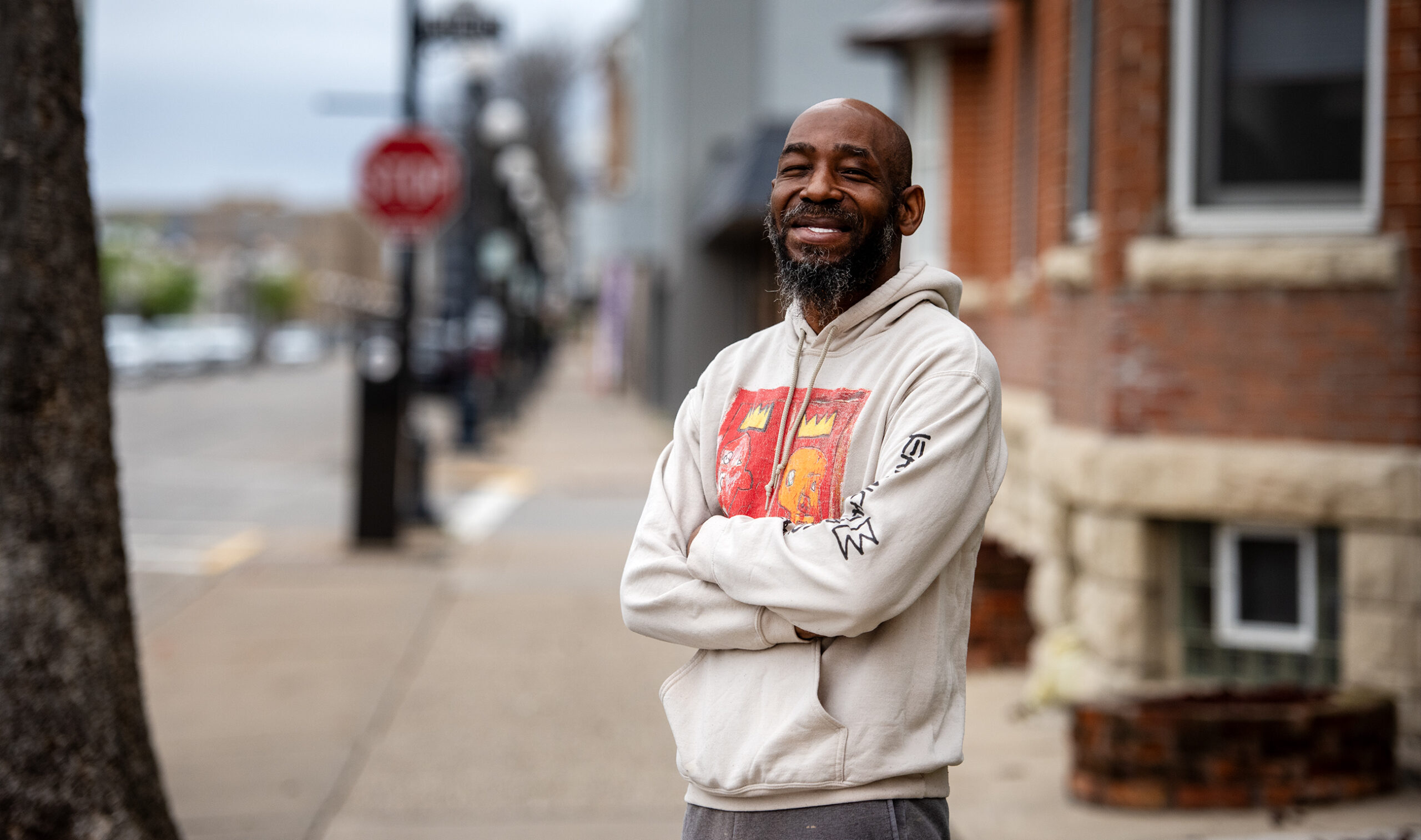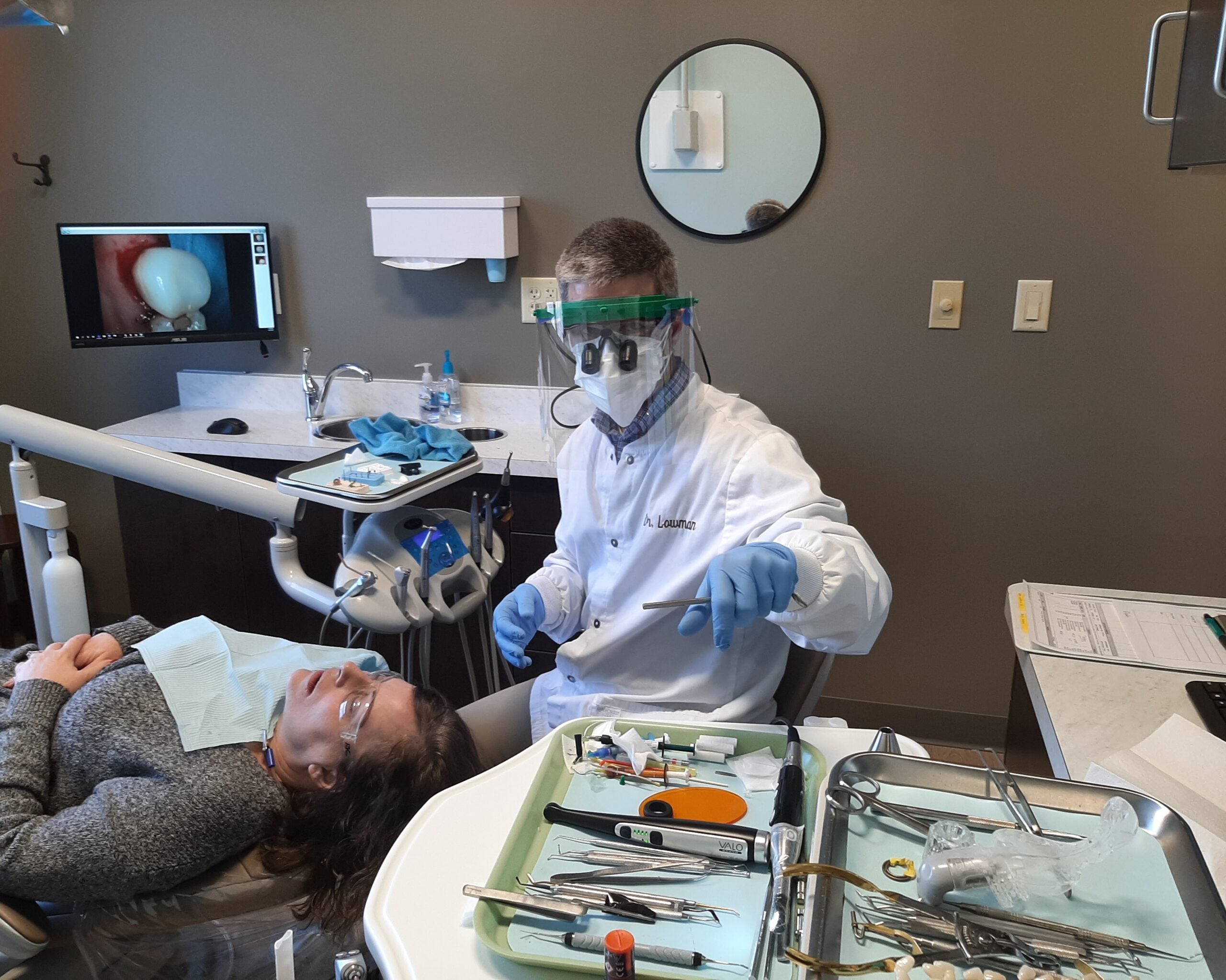Dentists will tell you they deal with a lot of neglect. They often see patients who put off flossing or brushing, or let cavities sit unfilled. And like a tooth problem that gets ignored for too long, some Wisconsin dentists say state officials neglect their sector of care, slighting the industry with what they consider inadequate state funding which ultimately makes it harder for their patients to get treatment.
“We’re like the little Cinderella step child, oral health is,” said the Wisconsin Dental Association’s Monica Hebl during a recent Wisconsin Health News event in Madison. “And so when we come (and ask for higher Medicaid reimbursement rates), everybody says, ‘Well everybody wants an increase in their rates’ and then door gets shut in our face.”
The most recent state budget increased money for a variety of health services like nursing homes, school mental health and long-term support for children with disabilities. Previously, some dentists also got a boost with higher Medicaid rates in a four-county pilot program that got underway in October of 2016.
Stay informed on the latest news
Sign up for WPR’s email newsletter.
State health officials haven’t determined if paying dentists more increases access for Medicaid patients, but a formal evaluation of the pilot is supposed to come out this fall.
Even those who want more state funds say it’s a complicated problem with no magic bullet. It can be difficult for low-income patients on Medicaid to understand why tooth care is important. The message doesn’t always sink in, Hebl said, when their patients have more pressing needs on their minds.
“Because of so many of the other things that are going on in their lives, trying to pay the bills and get food on the table, so when we talk about brushing twice a day that just kind of goes down to the bottom of the list,” she said.
And if they need a dentist, they have to find one that takes Medicaid. That’s just the first hurdle. Getting to the dentist can also be difficult says Michael Schwartz-Oscar. He is executive director of a nonprofit dental clinic in Green Bay called Oral Health Partnership. It’s one of the clinics that is part of the state’s pilot program.
“If you can imagine, some of them have a lot of barriers to transportation, some of them are looking for jobs, have interviews, so we get a ton of cancellations,” said Schwartz-Oscar. “We have to overfill our schedule so that we can continue.”
Another hurdle is the paperwork, not only for dentists but for the patients as well.
“One of the biggest barriers for all programs around the nation is getting the health history, the informed consents back so that we can see children in our clinics,” said Schwartz-Oscar.
These obstacles are why only around 30 percent of Wisconsin children on Medicaid got dental care in 2015, according to federal sources, the worst rate in the country. For adults, the numbers are no better, with many of them ending up in the emergency room seeking dental care.
“In 2016 there were over 32,000 emergency department visits for preventable oral health conditions. And when you look at data and break it down, most of those people coming in have either abscesses or something that’s occurred because of a lack of poor oral hygiene,” said Laura Rose, vice president of policy development with the Wisconsin Hospital Association.
A new state law allows dental hygienists to provide limited treatment in nursing homes, primary care clinics and other settings, something Rose calls a “step in the right direction.”
State Rep. Mary Felzkowski, R-Irma, and Sen. David Craig, R-Big Bend, have also introduced a bill at the state Capitol that would allow what are called dental therapists — midlevel providers similar to physician assistants in medicine.
There may be no quick cure for improving dental care access in the state; its been a concern for decades. But the issue is starting to get attention and some dentists are even becoming optimistic.
“This is a solvable issue. I go back to when I used to do tobacco control work in 2000,” said David Gundersen, a Dane County dentist and former executive director of the Wisconsin Tobacco Control Board. “We started talking about bars and restaurants going smoke-free and people said, ‘that’s never going to happen in Wisconsin’ and within seven years it had happened. Now seven years seems like an eternity but it had to trickle up.”
The Wisconsin Dental Association says it would eventually like to see the number of low-income children getting dental care be similar to that of children who are not on Medicaid. A recent study by WalletHub ranked Wisconsin second best for dental care in the general population.
Editor’s Note: This story is Part 3 of a three-part series exploring dental coverage across the state of Wisconsin. Read Part 1 and Part 2.
Wisconsin Public Radio, © Copyright 2024, Board of Regents of the University of Wisconsin System and Wisconsin Educational Communications Board.





